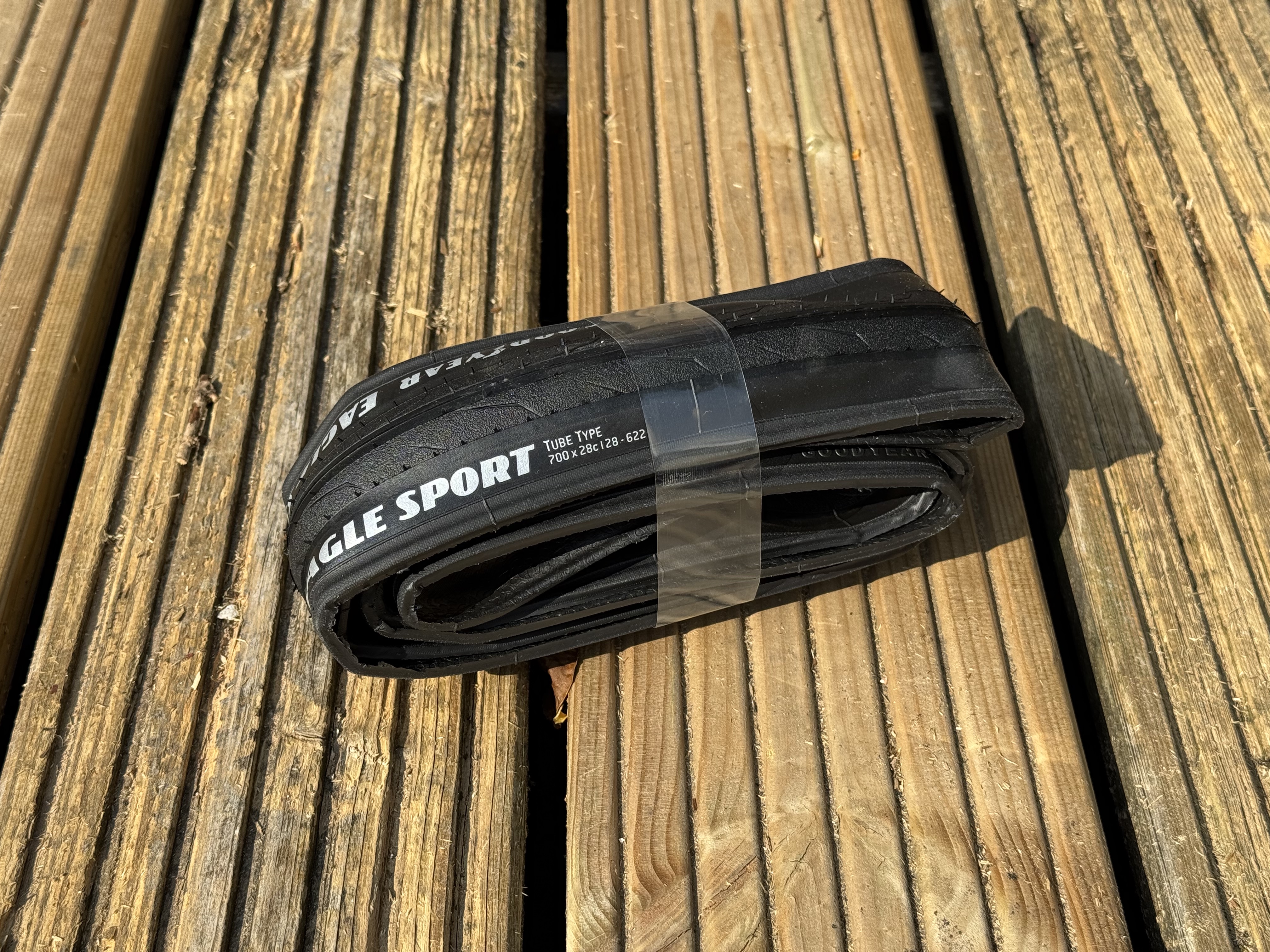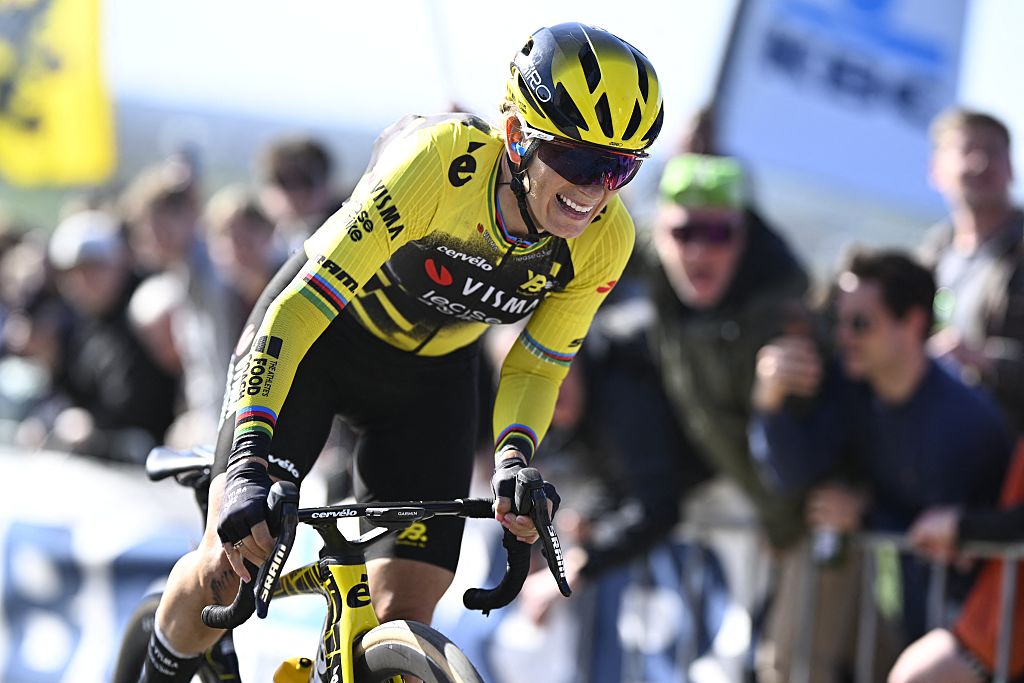Cyclingnews Verdict
Combining the ease of setup and puncture repair that tube-type tyres can have over tubeless, with up-to-date grip performance makes for a solidly performing sporting tyre. It’s not the fastest rolling, but it costs about half of most of its competitors.
Pros
- +
With tyres reaching £90 per tyre, it’s nice to have a decent option for just £25
- +
Performance for the price is actually pretty impressive
- +
Surprisingly lightweight even with an inner tube added
- +
Grip is decent in both the wet and dry
Cons
- -
They smell very pungent to an unpleasant degree where the bike was being stored
- -
Rolling resistance is middling
- -
Not tubeless
- -
Not as supple as many tubeless options
You can trust Cyclingnews
- Price: £25 / €25.42 / $29
- Weight: 280g claimed 277g measured
- Widths: 25, 28, 30, 32c
- Measured: 28mm claimed, 30mm measured
- Tubeless: No
- Hookless: No
- Colours: Black, Tanwall
Goodyear describes the Eagle Sport tyre as the tyre of choice for riders who “thrive on achieving a new PB, or logging long hours in the saddle”. Based on the 600km or so of testing I’ve done on these tyres, I’d say the brand has hit the nail on the head in several areas.
Being a tube-type clincher - a rarity amongst the best road bike tyres nowadays - less time can be spent on setting these up and instead you can get out and in the saddle. Combining a low weight with impressive grip, these tyres are also well suited for PB achieving, as I did on some hillier terrain.
They do not have the impressive rolling resistance of higher end competition, feel a bit less forgiving than their width would suggest, and they lack any dedicated puncture protection belt. However for £25 a tyre, these are exceptionally good value for money, with a size range that suits both modern day frame clearances, and older bikes too.
Design and specifications
The Goodyear Eagle Sport is in some ways a bit of a unique tyre in today’s market, being a clincher tube type tyre rather than the now commonplace tubeless compatible option. In lay terms this means you have to use an inner tube, so don't go throwing sealant in and hoping for the best.
It’s built upon a 60 TPI casing which in total is wrapped for three layers. This is paired with the brands Dynamic HP compound, which has been designed to offer the optimal level of grip and low rolling resistance for the price according to the brand. There is no dedicated puncture belt present, the compound and the casing layers providing a shield for the inner tube from penetrative punctures.
Like most clinchers, the Goodyear Eagle Sport uses a wire bead to mount in place on the rim, and is a foldable design. Total weight for the tyre in a size 28mm is 277g, 3g lighter than claimed, and when paired with a 21mm internal rim width actually comes out wider at 30mm on the dot. Other sizes are available, with 25, 30 and 32c options in addition to the 28c. All sizes are available in either black or tan walled options.
Being tube type, of course you need to run an inner tube of appropriate size with the tyre. Butyl inner tubes are the most common and cheapest option, while latex and TPU tubes can offer improved rolling resistance and lower system weight but for an added cost factor. For testing, I was using a butyl inner tube, whereas normally with tubeless I use around 30ml of sealant per tyre.
The latest race content, interviews, features, reviews and expert buying guides, direct to your inbox!

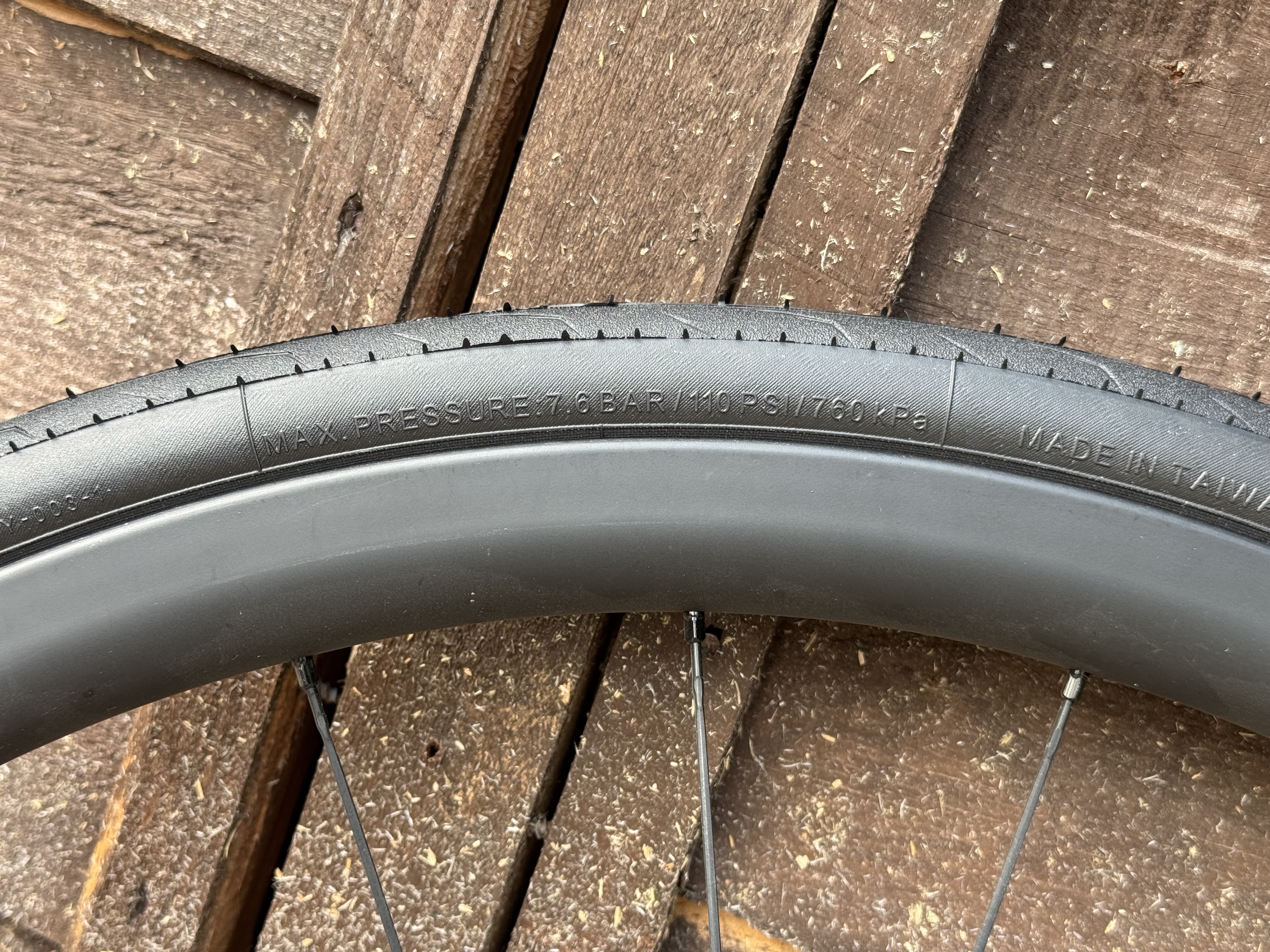
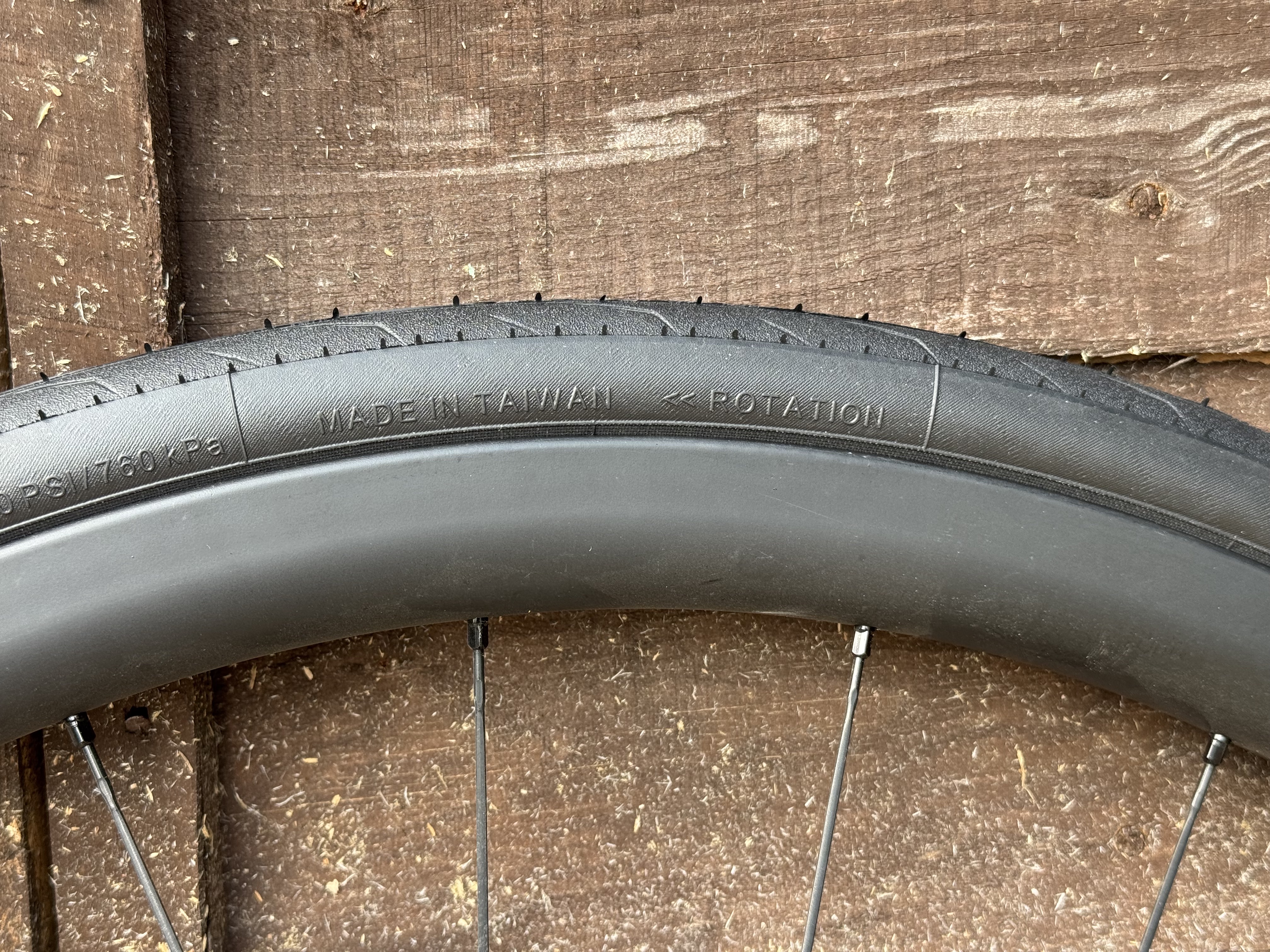
Performance
Being a clincher tyre rather than a tubeless one, there is a bit more suppleness to the tyre bead given that it does not need to be quite so secure as to hold the pressure itself. This means that fitting the tyres is incredibly easy. Of course being a tube-type, you do need to be sure not to pinch the inner tube against the tyre wall and rim. It’s always best to inflate the tube a little bit and fit that once you have the first bead on, then position the tube in the centre and push the second bead onto the rim. The big benefit of course is the lack of sealant or requiring trial and error to get some tyres seated and holding pressure. Once the tyres were fitted and up to pressure, on the Shimano 105 wheelset being used with a 21mm internal width, the tyres came up at 30mm exactly, wider than the 28mm size guide.
If you're still sceptical about road tubeless you're not alone; our very own Tech Writer and former professional mechanic Tom still uses inner tubes on all his road bikes.
Out on the road, there are admittedly quite a few differences that I have not experienced for a good while given most tyres I test now are tubeless. Firstly, with tube-type you can’t run as low a pressure in case of pinch flats, so rather than the recommended 70 PSI for me, I was running 80-85 front and rear. Even with the plush 28mm tyres which measure 30mm, the ride is not as cushioned as a similar width tubeless tyre. It’s also very noticeable when riding over more broken road surface, where it becomes somewhat jarring by comparison. You can alter this by using Latex inner tubes, given that they are generally more supple and can run at slightly lower pressures thanks to better resistance to pinch flats. The drawback is that they leak pressure over time and are more expensive, whereas butyl inner tubes maintain pressure well.
Another benefit of latex inner tubes is the improved rolling resistance that they offer over butyl, and this is an area where the Eagle Sport could do with some improvements. They are not slow by any means, but they are not in the same league as the Continental GP5000 range and feel subjectively slower than the more budget friendly Grand Prix TR. I would say the Eagle Sport are comparable to the likes of the Vittoria Corsa Pro Control, however those are certainly more cushy feeling. It is worth remembering though that the price of these tyres and inner tubes is substantially less than any of the aforementioned tubeless tyres.
If you want a more direct comparison then our own lab testing has ranked a tonne of the most commonly used road bike tyres.
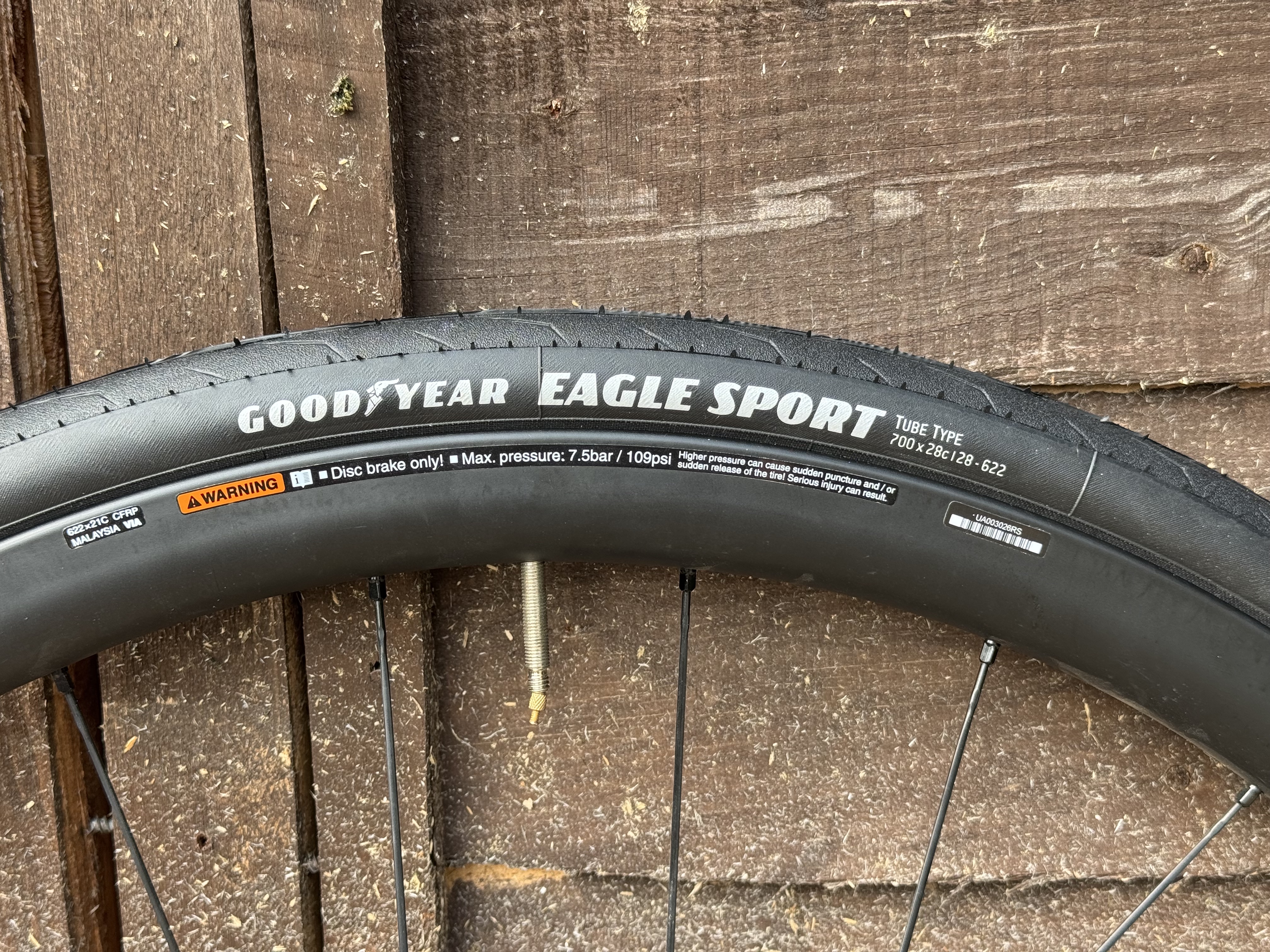
Some areas where the Eagle Sport actually perform impressively well are weight and cornering. Traction in both wet and dry conditions is comfortable enough to lean into the corners during fast bunch rides. They don’t have quite the same confidence inspiring grip as BlackChili Continental tyres, but are more than comfortable in keeping up with several other race focussed tyre offerings.
Weight is also impressive at 277g for what is essentially a 30mm tyre. Even taking into account the weight of an inner tube, this still undercuts a lot of tubeless tyres given the need for at least 30ml of sealant. This results in a tyre that feels very good when accelerating up steeper inclines where grip and weight are really noticeable. By no means a measure of just the tyre’s performance, but some personal records up 20% incline segments were completed using them, showing they certainly don’t hold you back.
This low weight however can be partially attributed to the lack of any form of dedicated puncture protection belt. This means that when riding in more wintery conditions or during hedge cutting season, these tyres will likely be more at risk of punctures from penetrative objects like thorns. For a tyre that is more Sport rather than Race focused, it would be nice to see a puncture belt added to increase the durability of the tyre. Thorns will still get through puncture belts some days, but their presence does at least make this less likely to happen. So far in testing, about 600km, I have been lucky.
One final thing worth mentioning about these tyres, and it’s a slightly odd one, is the smell. Most tyres have a distinctive smell, especially when first fitted. However, the Eagle Sport have a rather pungent and unpleasant smell which made walking into where the bike was stored a slightly unpleasant experience. This smell also did not subside over the course of testing. It shouldn’t be a problem if you store your bike in a garage or shed, but in the front room it was not the most ideal side effect of a tyre.
Value
At £25/$29, these tyres are definitely on what can be described as the lower end when it comes to cost. Things like the exclusion of a puncture belt and being tube-type rather than tubeless do go some way to explaining this low cost. But this is juxtaposed by the level of performance that these tyres offer for this price. I would say that when it comes to rolling resistance, weight, and grip, these tyres are comparable to multiple options that come in around twice the price, sometimes more.
Tube type is a bit of an outdated technology nowadays, look at Specialized doing a U-turn on its clincher tube-type range, but I believe it still has its place. Although punctures do happen, they also do still occur with tubeless, and with tube-type there is no spray of sealant and replacing tubes is often easier due to the more malleable tyre bead.
I think for riders who want a solidly performing tyre that can be maintained easily without as much faff, then this tyre is a fantastic option. Upgrade to some latex tubes and you can boost the rolling resistance nicely. The performance is on par with far more expensive options, so £25 per tyre is superb value.
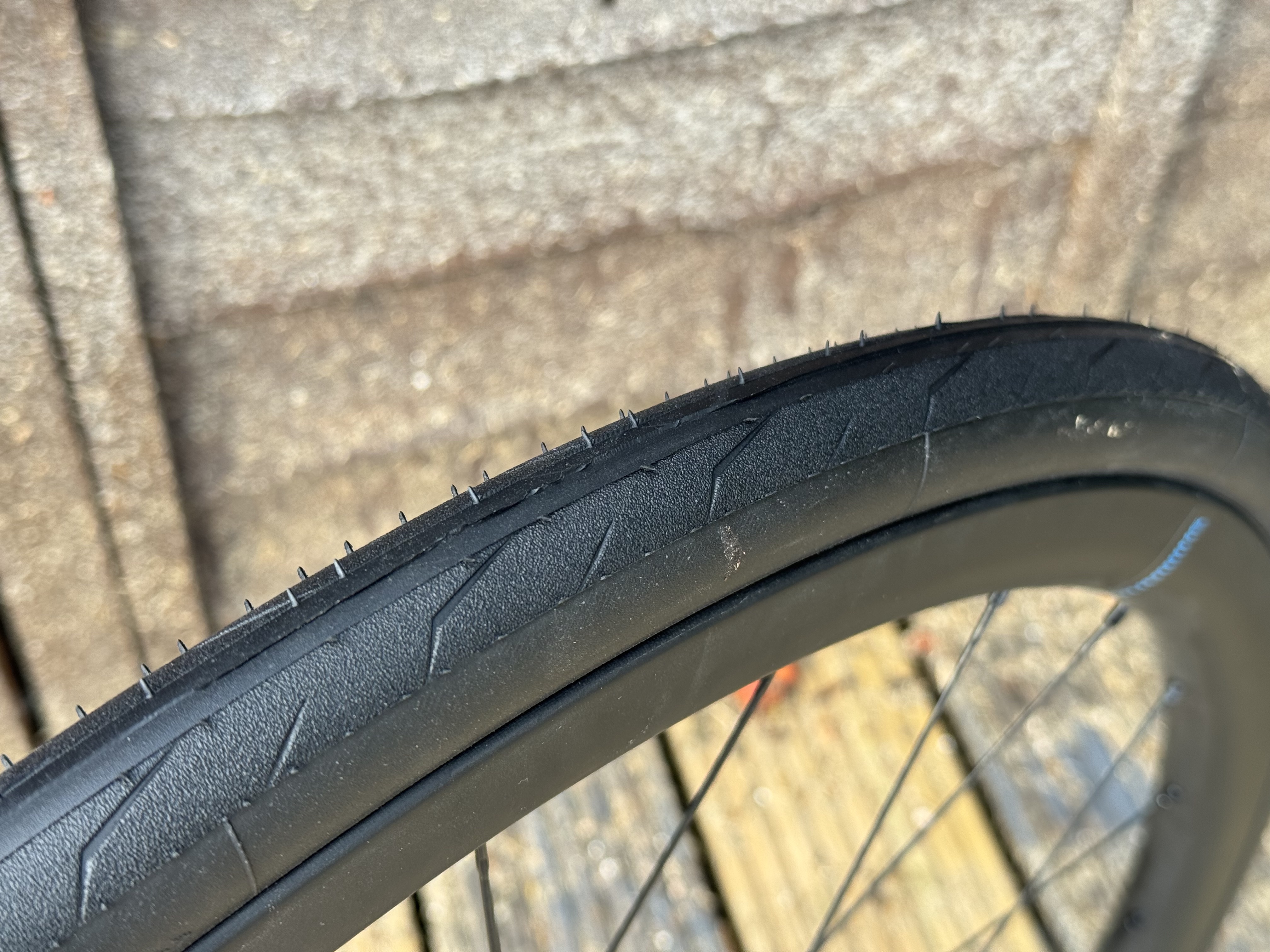
Verdict
The Goodyear Eagle Sport tyres are an interesting addition to the current crop of sporting performance tyres available. Being tube-type, they hark back to a simpler and sometimes less faffy technology of tyres. That is not to say the performance is old-school though, as the tyres grip is particularly impressive while the system weight is competitively low against far more expensive competition.
They do lack out and out rolling resistance and speed, as well as a dedicated puncture protection belt. However tube-type tyres I still find can be easier to live with, and latex inner tubes will boost the speed performance. What is certainly noticeable is that in a climate where tyres are nearing the £100 per tyre in some cases, £25 per tyre offers exceptionally good value, making this a great tyre for those who want performance on a budget.

Attributes | Notes | Rating |
|---|---|---|
Design and aesthetics | I like that both a black and tan sidewall option are available. Additionally the size range is quite appropriate for offering more modern sizing of 28-32mm, while also offering a more legacy option of 25mm for those with perhaps older frames with tighter clearances. | 8/10 |
Performance | Given the relative performance for the price, these tyres are impressive. Grip especially is very good. However they are not the fastest rolling, and the lack of puncture belt does make punctures more of a risk. They are also not as compliant as many other 28mm tyres, even with the 30mm actual width. | 7/10 |
Setup | Obviously can’t use the standard ‘Tubeless Setup’ score here given the lack of tubeless. However, setting up with tubes was very easy, no tools required, and was no hassle at all. | 10/10 |
Weight | Impressively light tyres, as even with the addition of a standard butyl inner tube, they still undercut much of the competition when you add tubeless sealant into the equation. | 8/10 |
Value | Although I do think these tyres offer superb value, faster tyres are one of the best ways to make your bike significantly faster. These tyres require latex inner tubes to be in the realms of fast, so upgrading to faster tyres is still a relatively cheap way of going quickly. But for £25, they offer undoubtedly good value. | 8/10 |
Overall rating | Row 5 - Cell 1 | 82% |

Freelance cycling journalist Andy Turner is a fully qualified sports scientist, cycling coach at ATP Performance, and aerodynamics consultant at Venturi Dynamics. He also spent 3 years racing as a UCI Continental professional and held a British Cycling Elite Race Licence for 7 years. He now enjoys writing fitness and tech related articles, and putting cycling products through their paces for reviews. Predominantly road focussed, he is slowly venturing into the world of gravel too, as many ‘retired’ UCI riders do.
When it comes to cycling equipment, he looks for functionality, a little bit of bling, and ideally aero gains. Style and tradition are secondary, performance is key.
He has raced the Tour of Britain and Volta a Portugal, but nowadays spends his time on the other side of races in the convoy as a DS, coaching riders to race wins themselves, and limiting his riding to Strava hunting, big adventures, and café rides.
You must confirm your public display name before commenting
Please logout and then login again, you will then be prompted to enter your display name.
